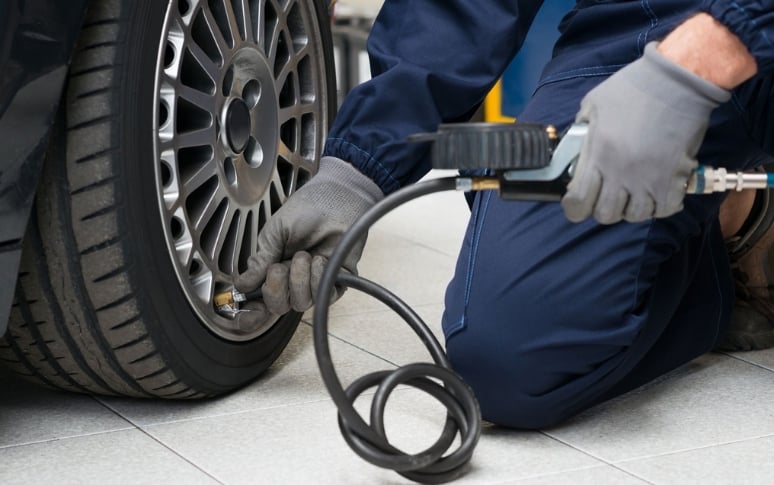Master Tire Changes: 8 Skills Every Driver Should Know
A flat tire can convert a normal drive/master drive into a stressful emergency on the side of the road. You can change a tire securely in a few minutes if you have the necessary equipment and information instead of waiting hours for help. Learn the important procedures, safety tips, and expert methods for dealing with this common automotive issue with confidence.
1. Essential Tire-Changing Tools
To change a tire, every driver requires three things: a lug wrench, a car jack, and a spare tire. The jack raises your car, while the lug wrench loosens the nuts on the wheels. Most of the time, these tools are in the trunk of your automobile.
Auto parts retailers sell replacement tools for a fair price. A lug wrench costs about $20, and a basic jack is about $50. Some companies make combo tools that don't take up much space. To avoid damaging the undercarriage, find the jack points for your vehicle in the owner's manual before changing a tire.
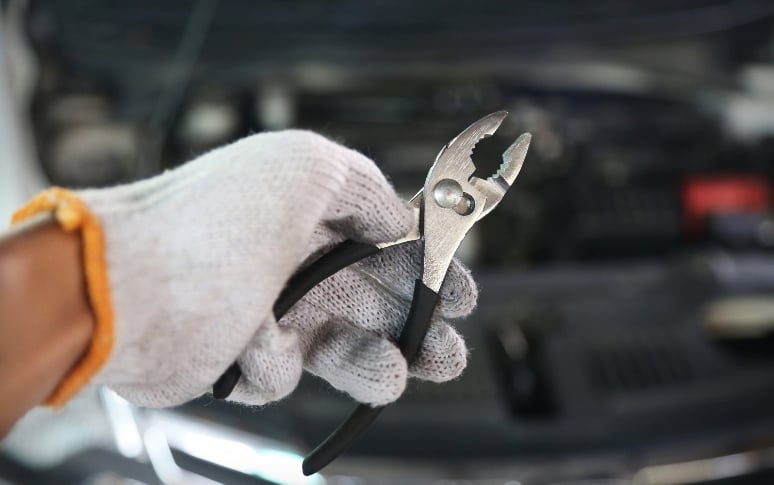
2. Understanding Your Spare Tire Options
There are many kinds of spare tires for cars. Full-size spares are a good backup, but they eat up trunk room, which is typical in SUVs and trucks. Compact "donut" spares take up less room, but they can only go 50 mph and 50–70 miles.
Some newer cars have run-flat tires, which can be driven for 50 miles after being punctured, or emergency repair kits containing sealant. Check the pressure on your spare tire every month because a flat spare won't help you in an emergency. Know what kind of spare you need before you need it.
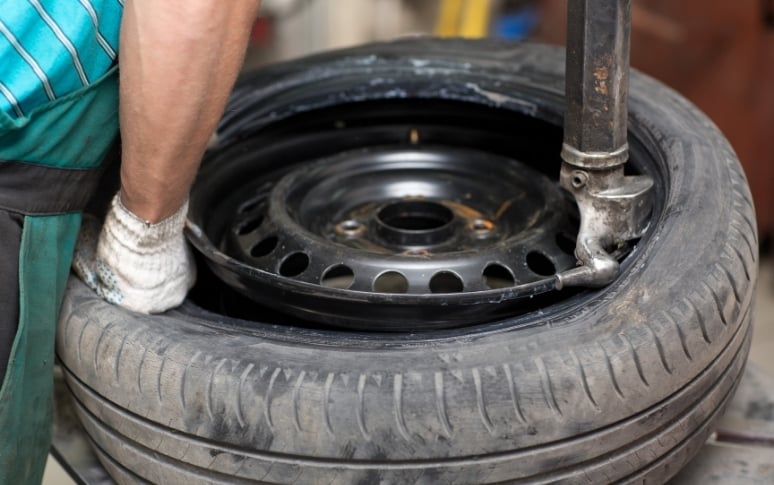
3. Safety First: Responding to a Flat Tire
If you think you have a flat tire (the car is tugging, vibrating, or making a pounding sound), pull over slowly and carefully. Turn on your warning lights right away to warn other drivers.
When you can, pick a safe place to halt on flat ground away from traffic. Shoulders on busy highways should be the last place you park; parking lots or side streets are safer. Put on the parking brake and use wheel wedges to keep the car from rolling. Call roadside help if you feel insecure because of where you are or the weather.

4. Step-by-Step Tire Changing Procedure
Get all the tools and extra parts together first. While the wheel is still on the ground, loosen the lug nuts but don't take them off. This will make it harder to jack up the car. First, take off any hubcap. Put the jack in the right place and lift the car until the tire is off the ground.
Take remove the lug nuts, pull off the broken wheel, and put on the spare. Tighten the nuts by hand, lower the car until the tire touches the ground, and then tighten them in a star pattern. Finally, lower everything all the way down, tighten the nuts one more time, and put everything away.
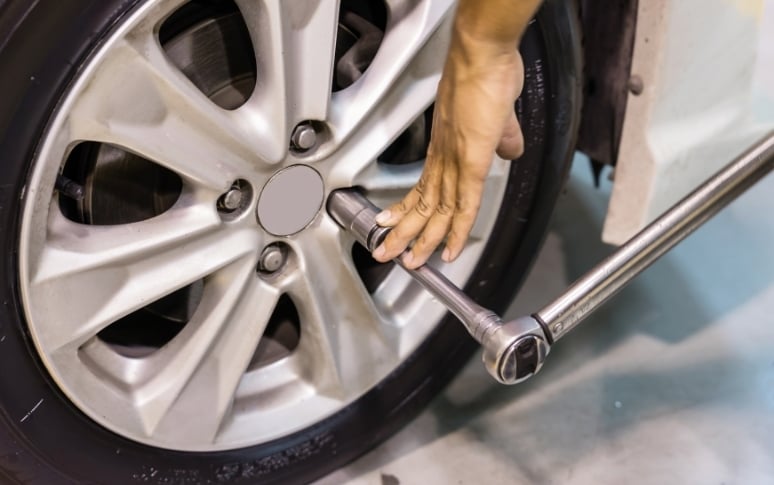
5. Common Tire-Changing Challenges
If the lug nuts are really stuck, put the wrench on the ground and stomp on it carefully to get more leverage. Don't use lubricants on lug nuts since they can come free while you're driving. If a wheel seems like it's stuck to the hub because of rust, lower the jack a little bit so that the tire barely touches the ground when the lug nuts are off.
Then use a rubber mallet or lightly kick the tire on the sides. Before you start, make sure you know where the key is for cars with wheel locking. Tire shops can take off locks with specific tools if they don't have it.
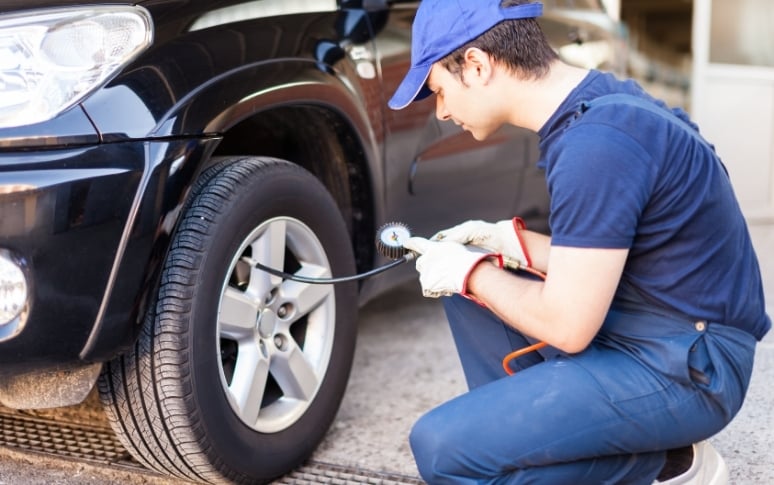
6. Special Considerations for Electric Vehicles
Because of how their weight is spread out, electric cars are hard to work with. Most electric vehicles (EVs) are heavier than gas vehicles, so they need tires that are made just for them with reinforced sidewalls and particular tread compounds to withstand the weight and quick torque.
To get the most range and battery space out of an electric vehicle, many don't come with spare tires. Instead, they come with run-flat tires or repair kits. The technique for changing the battery is still the same, but to avoid damaging the battery, check your manual for model-specific jack locations. Some bigger electric cars, like the F-150 Lightning, do come with full-size spare tires.
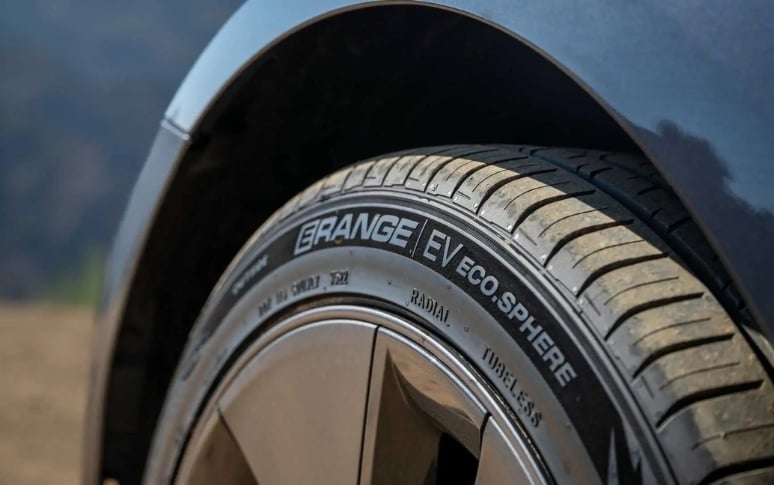
7. Temporary Spare Limitations
Know what a temporary spare can and can't do once you put it in. These "donuts" can go up to 50 mph and shouldn't be used for more than 50 to 70 miles. The way they handle, stop, and regulate traction changes depending on their size.
Go straight to a repair shop. As the systems figure out the different tire sizes, warning lights may come on in your car. If you have an all-wheel drive car, check your manual before driving with a temporary spare. In some systems, size variations might damage parts of the powertrain.
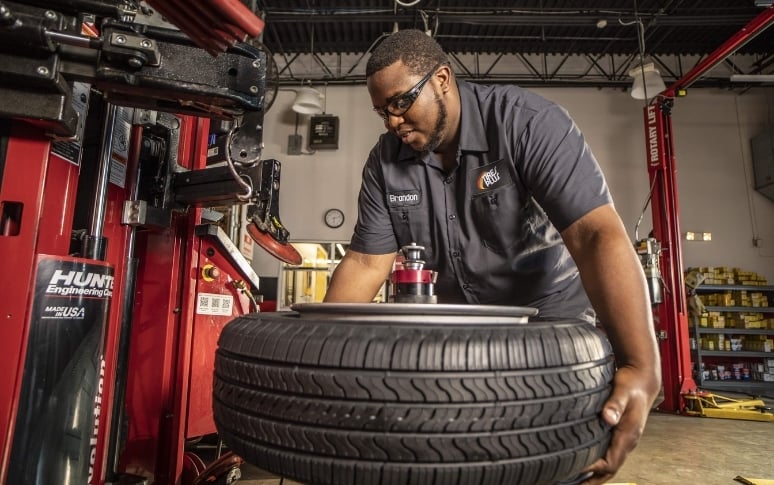
8. Preventive Tire Maintenance
Regular maintenance lowers the chances of getting a flat tire. Check your tires for damage and wear every month. If you can see Lincoln's head all the way through the tread, it's time to get a new tire. Follow the manufacturer's instructions for keeping the right pressure.
To make sure that the tires wear evenly, turn them every 5,000 to 7,000 miles. Don't park on oil or chemical spills that might damage rubber. If the roads are bad, think about getting tires that won't puncture. Not only do these things keep your tires from going flat, they also make them last longer and use less gas, which saves you time and money.
